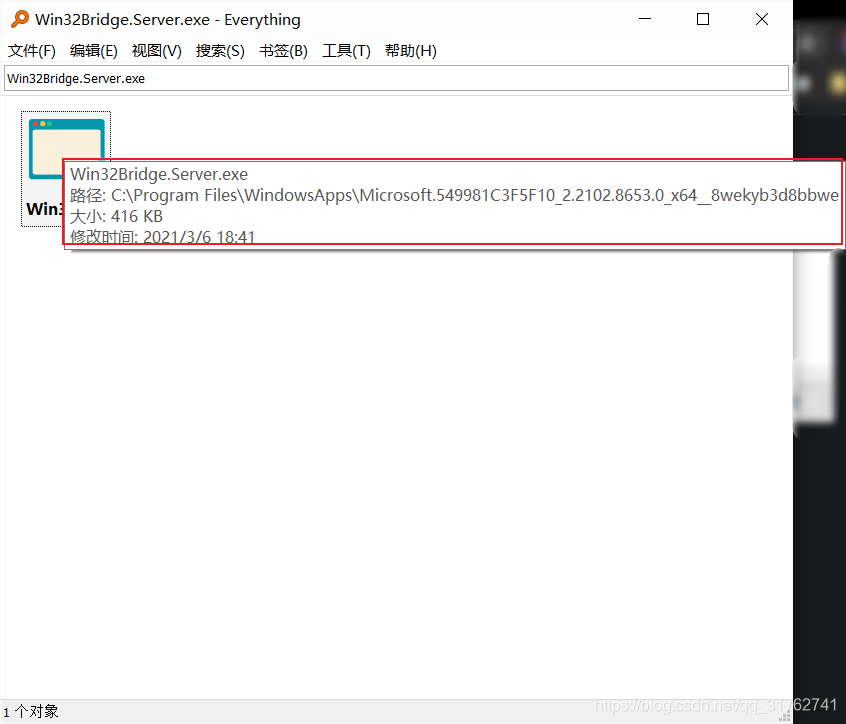电脑开机弹出当文件已存在时,无法创建该文件。
本文共 550 字,大约阅读时间需要 1 分钟。
发生情况
当时删Visual Studio没删除干净

用Evrything搜索Visual Studio删除残余文件,应该是动了系统文件,误删了系统文件,导致每次开机弹窗,影响系统自启目录
启动目录:Win+r输入shell:startup  该文件夹的程序会在开机的时候自启。
该文件夹的程序会在开机的时候自启。 但是,由于我的系统出现问题,阻断了自启。
 每次点击确定之后,系统启动文件夹里面的的程序才会缓慢的自启,强迫症很难受,折腾好久找到解决方案。
每次点击确定之后,系统启动文件夹里面的的程序才会缓慢的自启,强迫症很难受,折腾好久找到解决方案。 错误信息和Win32Bridge.Server.exe有关
 在访问WindowsApps文件夹的时候又遇到权限不足的问题
在访问WindowsApps文件夹的时候又遇到权限不足的问题  根据错误信息进入目录 但是由于路径过长,不太好输入
根据错误信息进入目录 但是由于路径过长,不太好输入(如果有耐心你就一个个慢慢输入) 使用Everything搜索最后的子文件名称Win32Bridge.Server.exe  直接删除这个文件。
直接删除这个文件。 之后需要新建账户

这是控制面板管理账户的进去步骤
 进去之后添加一个新账户
进去之后添加一个新账户  然后切换账户,打开新建的账户
然后切换账户,打开新建的账户  之后在锁屏界面就可以切换新账户
之后在锁屏界面就可以切换新账户 进去新账户之后在切换回来,打开错误信息路径
 会发现你删除的
会发现你删除的Win32Bridge.Server.exe这个文件居然又出现了,重启测试居然不弹窗了,然后就可以删除新建的账户了。 转载地址:http://riex.baihongyu.com/
你可能感兴趣的文章
Nginx的location匹配规则的关键问题详解
查看>>
Nginx的Rewrite正则表达式,匹配非某单词
查看>>
Nginx的使用总结(一)
查看>>
Nginx的使用总结(三)
查看>>
Nginx的使用总结(二)
查看>>
Nginx的使用总结(四)
查看>>
Nginx的可视化神器nginx-gui的下载配置和使用
查看>>
nginx的平滑升级方法:
查看>>
Nginx的是什么?干什么用的?
查看>>
Nginx的端口修改问题
查看>>
Nginx的配置文件位置以及组成部分结构讲解
查看>>
Nginx的集群与负载均衡
查看>>
nginx看这一篇文章就够了
查看>>
Nginx知识详解(理论+实战更易懂)
查看>>
Nginx简单介绍
查看>>
Nginx系列6之-rewirte功能使用案例总结
查看>>
nginx线程模型理解
查看>>
nginx自动摘除和恢复后端服务,进行自动检测
查看>>
Nginx虚拟主机配置
查看>>
Nginx虚拟目录配置文件(包含PHP配置与重写)
查看>>